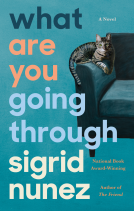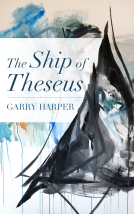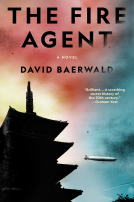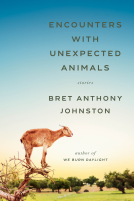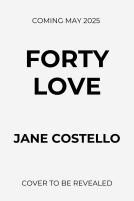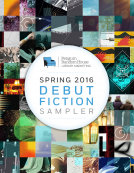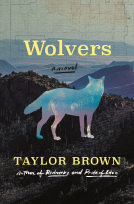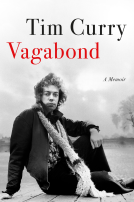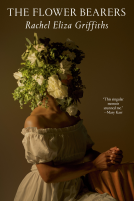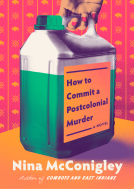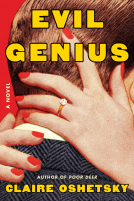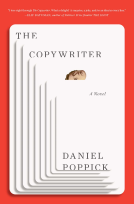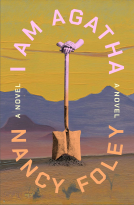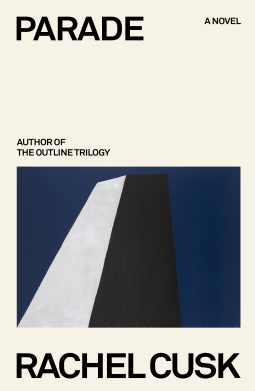
Parade
A Novel
by Rachel Cusk
This title was previously available on NetGalley and is now archived.
Send NetGalley books directly to your Kindle or Kindle app
1
To read on a Kindle or Kindle app, please add kindle@netgalley.com as an approved email address to receive files in your Amazon account. Click here for step-by-step instructions.
2
Also find your Kindle email address within your Amazon account, and enter it here.
Pub Date Jun 18 2024 | Archive Date Jul 18 2024
Description
Winner of the Goldsmiths Prize
Named a Best Book of the Year (So Far) by The New Yorker and Vulture
From Rachel Cusk, author of the Outline trilogy, comes this startling, exhilarating novel that once again expands the notion of what fiction can be and do.
Midway through his life, the artist G begins to paint upside down. Eventually, he paints his wife upside down. He also makes her ugly. The paintings are a great success.
In Paris, a woman is attacked by a stranger in the street. Her attacker flees, but not before turning around to contemplate her victim, like an artist stepping back from a canvas.
At the age of twenty-two, the painter G leaves home for a new life in another country, far from the disapproval of her parents. Her paintings attract the disapproval of the man she later marries.
When a mother dies, her children confront her legacy: the stories she told, the roles she assigned to them, the ways she withheld her love. Her death is a kind of freedom.
Parade is a novel that demolishes the conventions of storytelling. It surges past the limits of identity, character, and plot to tell the story of G, an artist whose life contains many lives. Rachel Cusk is a writer and visionary like no other, who turns language upside down to show us our world as it really is.
A Note From the Publisher
Available Editions
| EDITION | Other Format |
| ISBN | 9780374610043 |
| PRICE | $27.00 (USD) |
| PAGES | 208 |
Available on NetGalley
Average rating from 107 members
Featured Reviews
 Reviewer 630346
Reviewer 630346
I love Rachel Cusk, and am excited by this new direction she's taken in her writing. Though the themes in her novels remain consistent--artmaking and motherhood, at the top of my head--she's doing something no one else is doing. In this way, PARADE has more in common with SECOND PLACE than any of her other novels. But it's even more formally inventive. I thought at times about Catherine Lacey's BIOGRAPHY OF X, with so much of PARADE unfolding through the life of the enigmatic artist G,. But I was just as entranced by the "I" that dips in and out, the woman "killed" on the street. This is a beautiful, puzzle box of a novel, one I plan to revisit again, and soon. Thanks to the publisher for the e-galley.
A distillation of Cusk at her best. While more episodic than her previous novels, it is equally sharp and elegantly philosophical.
This novel contains four parts touching on very Cuskian themes: truth, art, reality, morality, motherhood, freedom, the self. It lets the reader in on feasible situations, scenes, or conversations where seemingly straightforward circumstances complexly illuminate and question what people appear to know about themselves.
At first, I was afraid I stood at a distance but soon realized I had been tingling with Cusk’s perceptiveness all along. I was relieved to surrender to her signature incisiveness, sophistication, and interiority.
Parade made me feel a heightened suspicion towards humanity and somehow more compassionate at the same time. Cusk’s writing reminds me that what we pursue, as well as what we concretely refrain from, inevitably reveals what we think life is about. It destabilizes the notion of an identity since we might see who we are from the sum of our actions, responses, and restraints.
Thank you to FSG for the ARC.
 Ilya S, Reviewer
Ilya S, Reviewer
It has been a long time since I felt quite so challenged—indeed, often stumped—by a work of fiction. Since a book so thought-provoking and strange left me at a loss to articulate quite what it was that made it so. I will get back to this question in a moment.
“Parade” is a series of tenuously linked vignettes, most involving different artists named G. Some of these vignettes are paused and picked up later, as if the narrative itself were drifting in and out of consciousness. Some are told in the first person; a few appear as stories told by a group of dinner companions, in a manner reminiscent of both Cusk herself (as in the amazing “Outline” trilogy) and maybe even “Decameron.” It then crescendoes in a visceral concluding “we” section, immediately calling to mind Annie Ernaux.
What links these disparate parts together is not so much a voice—because the voices here are many—but preoccupations: with the meaning of perspective in art, as in marriage, as in parenthood, as in the embodied living itself. There is a faint call-and-response pattern between how these preoccupations are explored across the various sections, but nothing ever adds up to a pocketable, proclaimable manifesto.
And that brings me back to what makes this work so challenging to sum up. As so many great works of art, it defies summation: instead, it provokes the mind to arrange and rearrange the parts—here, the stories—until a new meaning emerges, which the mind can then accept or reject, before embarking on a still new search. In a way, the writer’s contribution is to make space for the reader’s own creative process, to anoint the reader as a creator of meanings in her own right.
One final word: none of this should obscure how amazing Cusk’s writing is. The final section in particular is staggering in its beauty, wrenching in its ardor.
As always huge thanks to the ever-generous Farrar, Straus and Giroux for an ARC of a book that will not be lacking in enthusiastic readers and animated reviewers.
 Reviewer 1228330
Reviewer 1228330
I can't even begin to tell you all how much I loved every single page of Parade by Rachel Cusk. It is, in fact, my new favourite novel of hers.
Parade is a tricky one to describe, as it does not follow one storyline, but a few. However, in each one there is a focus on a different artist, all with the name 'G'. Throughout the whole book and within each chapter/storyline, there are overarching themes of motherhood, identity and what it means to be a woman.
One factor I particularly enjoyed was that the women are portrayed throughout this book as consistently isolated. Even when they are wives, mothers, successful within their careers, there's always this sense of seclusion and almost lack of control within their own lives, which was really interesting to see fold out within each different character.
Definitely one of my favourite books this year, it 100% gets a 5/5 rating.
Readers who liked this book also liked:
Nina McConigley
General Fiction (Adult), Literary Fiction, Multicultural Interest
Daniyal Mueenuddin
General Fiction (Adult), Historical Fiction, Literary Fiction
